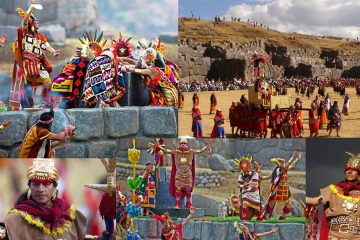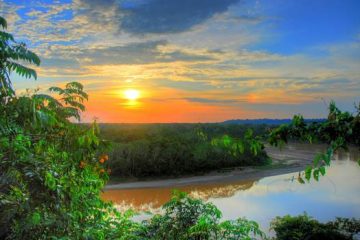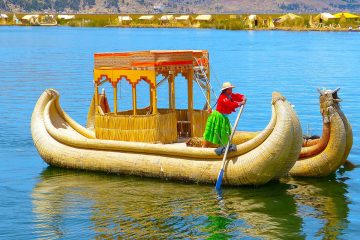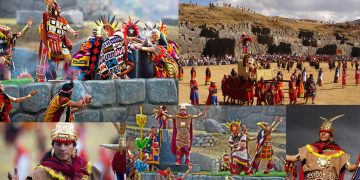
This traditional monument pays tribute to renewal and collective work.
On the Apurímac river, in the Cusco region, at 3,700 meters above sea level, you can see an important Inca legacy that remains after more than six centuries. It is the Q’eswachaka Bridge, a spectacular 30-meter-long engineering work made of straw and stone, which is preserved to this day and that was designated as Intangible Cultural Heritage by UNESCO in 2013.
Every year this place witnesses an incredible renovation. The community members gather to tear down the bridge built a year ago, dropping its bases over the river. Immediately, women and children collect the q’oya ichu (a type of straw from the Andean highlands) that will be used to make the bases of the new bridge.
What is the explanation for such an unusual ritual? Here we tell you.
Meaning of the rite
Renewal and collective work are a constant within the Andean worldview. Like the harvest comes after the sowing and the shearing follows the raising of the sheep, some architectural works must be replaced by others. It is the natural cycle of life. For this reason, the construction of the Q’eswachaka bridge reflects, in addition to the art and talent of the inhabitants, the inauguration of a new year.
The Quechua communities of Huinchiri, Chaupibanda, Choccayhua and Ccollana Quehue get together every year, in the style of the Inca minka or community work, to strengthen the links between them and start their activities.
In modern times, the bridge represents the union of people with their land and with their history. The annual renewal of Q’eswachaka constitutes the central element in the social cohesion of the participating communities and is vital in constructing their cultural identity.

Renewal and collective work are a constant within the Andean worldview.
The work
For the construction of the new bridge over the mighty Apurímac river, the authorities of each community are also integrated by gathering long queswas (ropes), which will be twisted and braided. The light ropes will serve as handrails and the coarse fibers or “duros” («hard») as they are called, will form the floor of the bridge. Ropes are tied to stone bases at each end of the bridge. The task continues with the laying of an extensive carpet, made of branches, to completely cover the floor of the platform. Two experts in weaving coya bridges lead the whole job. After the bridge is finished, the leaders make a speech and prayers of thanks begin.
It all ends with a great feast with meat of pork and cuy, and a dance full of joy.
A legacy of the Qhapaq ÑanExperts affirm that the Q’eswachaka bridge is one of the great legacies of the largest network of pre-Hispanic paths in Tahuantinsuyo, called Qhapaq Ñan. This is considered one of the best engineering works that have been carried out in the whole history.
The network helped the Inca Empire to expand, by linking remote towns through a series of ways. For the execution of this system of trails, the construction of bridges was inevitable in order to cross the rugged Andean geography. Some were made of stone, others of wood and straw. Hanging bridges were also made with vegetable fibers.












